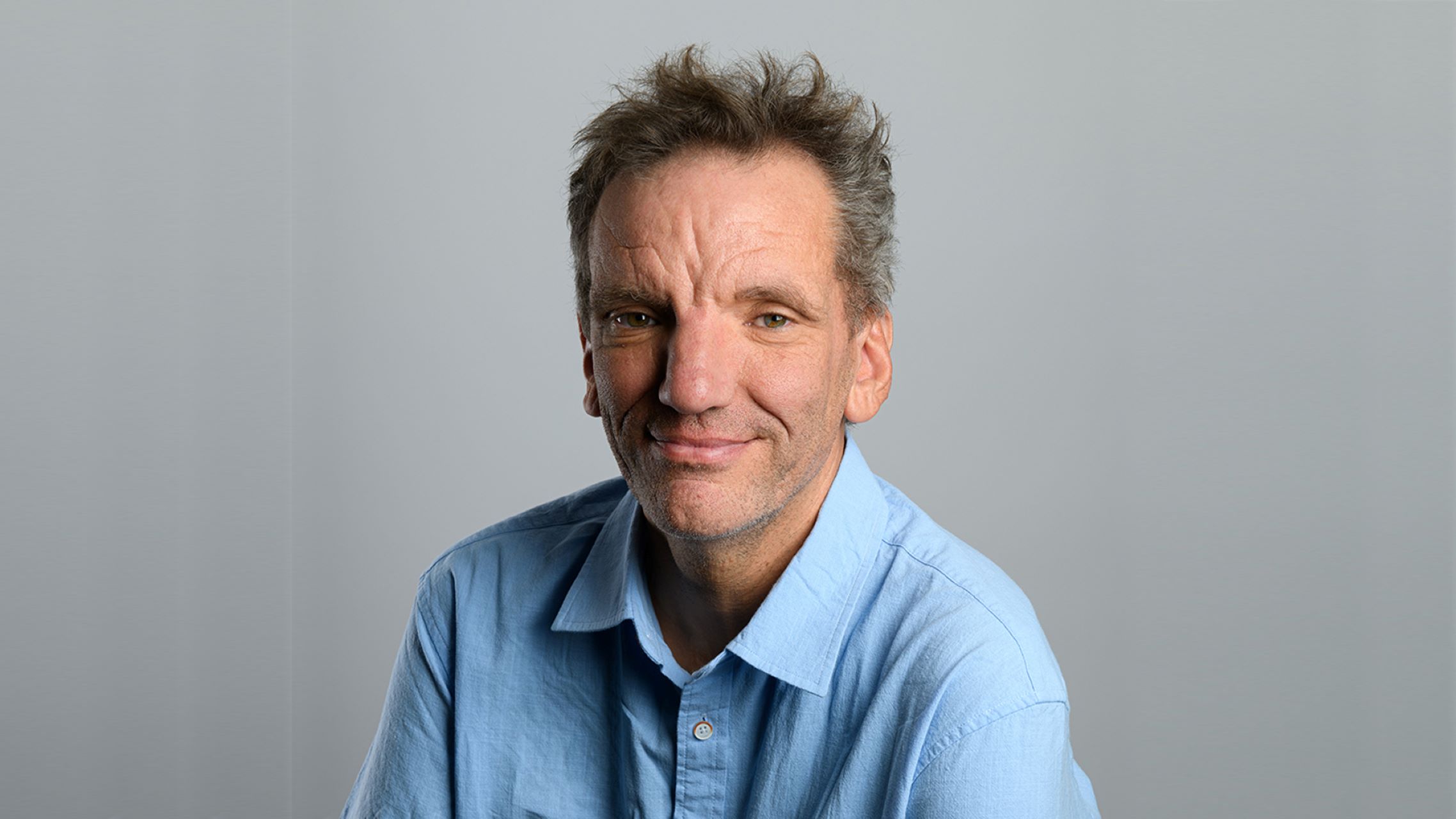Waardenburg Syndrome: Henning Wehn's Battle And Insights
Waardenburg syndrome is a fascinating yet complex genetic condition that affects millions worldwide. Imagine living with striking features like unusually bright blue eyes or patches of white hair, yet also dealing with potential hearing loss and other health challenges. This rare genetic disorder has intrigued scientists and medical professionals for decades. But today, we're diving deeper into how this syndrome intersects with the life of a beloved comedian and entertainer, Henning Wehn. Prepare to be amazed as we explore the science, the stories, and the solutions tied to Waardenburg syndrome.
Understanding Waardenburg syndrome isn't just about knowing the symptoms or medical jargon. It's about appreciating the human stories behind the condition. Henning Wehn, a comedian who’s turned his unique traits into comedy gold, offers a fresh perspective on what it means to live with this syndrome. His journey is not just inspiring but also a testament to resilience and humor in the face of adversity.
So, buckle up as we dive into the world of Waardenburg syndrome, uncovering its mysteries, challenges, and the incredible ways people like Henning Wehn have embraced it. This article promises to be an eye-opener, filled with facts, humor, and heartfelt insights.
Daftar Isi
- Biography of Henning Wehn
- Overview of Waardenburg Syndrome
- Types of Waardenburg Syndrome
- Symptoms and Characteristics
- Genetic Basis of Waardenburg Syndrome
- Diagnosis and Testing
- Treatment and Management
- Impact on Daily Life
- Raising Awareness
- Future Research and Hope
Biography of Henning Wehn
Early Life and Career
Hailing from Germany, Henning Wehn is a name that resonates with laughter and wit. Born on July 2, 1975, Wehn’s journey to becoming a comedian was anything but ordinary. His early life was marked by a love for performing, a trait that would later define his career. Henning’s unique appearance, partly due to Waardenburg syndrome, became a cornerstone of his comedic persona.
| Full Name | Henning Wehn |
|---|---|
| Date of Birth | July 2, 1975 |
| Place of Birth | Munich, Germany |
| Profession | Comedian, Entertainer |
Waardenburg Syndrome and Henning Wehn
Wehn’s journey with Waardenburg syndrome is a testament to his ability to find humor in the most unexpected places. Instead of shying away from his condition, he embraced it, turning it into a tool for laughter and awareness. His unique features, including bright blue eyes and a patch of white hair, have become iconic in his performances.
Overview of Waardenburg Syndrome
Waardenburg syndrome is a rare genetic disorder characterized by pigmentation abnormalities, hearing loss, and distinct facial features. It affects approximately 1 in 40,000 people globally, making it both intriguing and challenging for those who live with it. The syndrome was first described by Dutch ophthalmologist Petrus Waardenburg in 1951, hence its name.
Types of Waardenburg Syndrome
There are several types of Waardenburg syndrome, each with its own set of characteristics and genetic mutations. Let’s break them down:
- Type 1: Associated with dystopia canthorum, a condition where the inner corners of the eyes are wider apart than usual.
- Type 2: Lacks dystopia canthorum but includes other features like pigmentation abnormalities.
- Type 3: Also known as Klein-Waardenburg syndrome, it includes upper limb abnormalities.
- Type 4: Known as Waardenburg-Shah syndrome, it combines Waardenburg syndrome with Hirschsprung disease, affecting the digestive system.
Symptoms and Characteristics
The symptoms of Waardenburg syndrome can vary widely among individuals. Common characteristics include:
- Premature graying or white hair
- Unusually bright blue or differently colored eyes
- Wide-set eyes
- Hearing loss
- Pigmentation abnormalities in the skin
Genetic Basis of Waardenburg Syndrome
Waardenburg syndrome is primarily caused by mutations in several genes, including PAX3, MITF, EDN3, EDNRB, and SOX10. These genes play crucial roles in the development of the neural crest cells, which give rise to various tissues, including those involved in pigmentation and hearing. Understanding the genetic basis helps in diagnosing and managing the condition effectively.
Diagnosis and Testing
Diagnosing Waardenburg syndrome involves a combination of clinical evaluation and genetic testing. Physicians look for characteristic features such as pigmentation abnormalities and hearing loss. Genetic testing can confirm the presence of mutations associated with the syndrome. Early diagnosis is crucial for managing potential complications like hearing loss.
Treatment and Management
While there is no cure for Waardenburg syndrome, various treatments can help manage its symptoms. Hearing aids can assist with hearing loss, and cosmetic treatments may address pigmentation issues. Regular check-ups and a multidisciplinary approach involving audiologists, dermatologists, and genetic counselors are essential for comprehensive care.
Impact on Daily Life
Living with Waardenburg syndrome can present unique challenges. Individuals may face social stigma due to their distinct appearances, but many, like Henning Wehn, choose to embrace their uniqueness. Education and awareness play vital roles in fostering acceptance and understanding in society.
Raising Awareness
Raising awareness about Waardenburg syndrome is crucial for reducing misconceptions and promoting acceptance. Advocacy groups and campaigns aim to educate the public about the condition and its impact on daily life. Henning Wehn’s openness about his condition serves as a powerful example of how awareness can lead to greater understanding and empathy.
Future Research and Hope
Ongoing research into Waardenburg syndrome offers hope for better treatments and management strategies. Advances in genetic research and gene therapy hold promise for addressing the underlying causes of the syndrome. As science progresses, the future looks brighter for those living with Waardenburg syndrome.
Conclusion
Waardenburg syndrome is more than just a medical condition; it’s a story of resilience and acceptance. Henning Wehn’s journey illustrates how embracing one’s uniqueness can lead to a fulfilling life filled with laughter and purpose. By understanding the science, acknowledging the challenges, and promoting awareness, we can create a more inclusive world for everyone.
So, what’s next? Share your thoughts in the comments below or explore more articles to deepen your understanding of rare genetic conditions. Together, let’s continue the conversation and make a difference.


